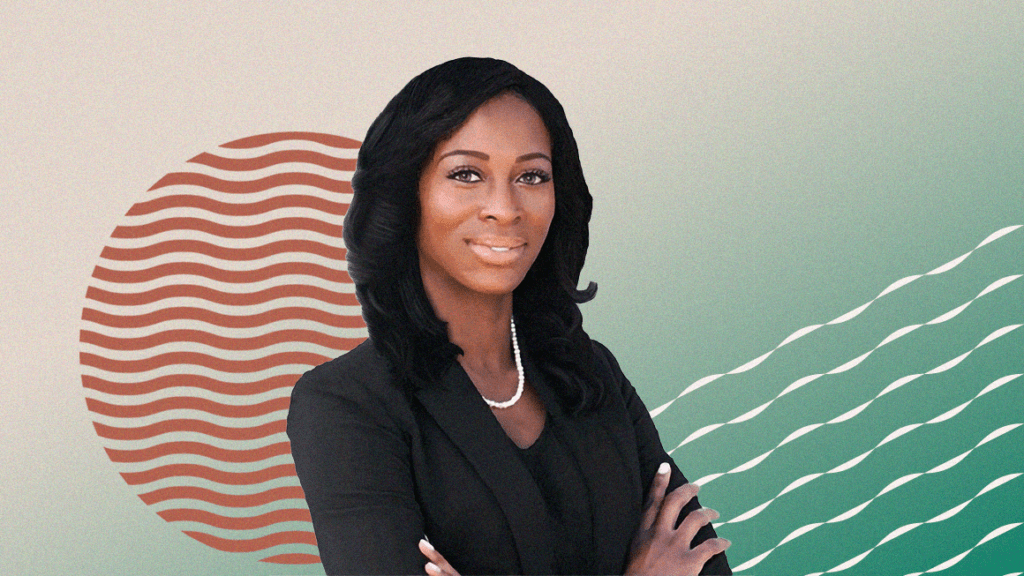
You’ve Got a Friend in Me: The Power of PT Mentorships
If there were no clinical instructors to mentor students during clinical experiences, how could we exist as a profession, much less as a doctoring profession?
The profession of physical therapy exists and continues to exist because of mentorship—whether it’s in the form of a clinical instructor and their student, two peers, or senior to junior faculty or researchers. But before diving into the power harnessed within PT mentorships, it may be helpful to briefly review what PT mentorship is not.
Myths of PT Mentorship
Mentorship is the old teaching the young.
Age should not be the driving force behind choosing or becoming a mentor. A second-career PT student may be older than their faculty mentor or advisor and still benefit from that mentorship relationship. Peers can also serve as effective mentors.
It is formal.
A meeting with a mentor can be scheduled with advanced notice and a structured agenda—or it can be a request as simple as: “Can I call you once or twice a month for some advice?” Communicating the type of relationship each party would like to establish is key to an enriching mentorship relationship.
Mentorship is time-consuming.
As previously stated, the time commitment of mentorship can vary depending on the relationship—if the mentor and mentee are sending quick and informal calls or texts, or if they’re scheduling meetings. Setting realistic expectations about time commitments is crucial to a successful mentorship relationship.
Experience is required.
Yes—obviously experience is required for formal mentorships like post-professional training. However, formal experience is not required to guide someone else along a more efficient or productive path to professional development. The only experience required is one’s own organic journey and path.
It’s a one-to-one ratio.
Let’s face it: Some of us are uncomfortable in one-on-one meetings, especially during introductory meetings. To circumvent this, locate a group of individuals with a similar quest for guidance, and collectively determine the group’s source or sources of mentorship. Group mentorship can be a productive alternative to uncomfortable one-on-one meetings.
Mentorship is monogamous.
Mentorship is not quite like being in a monogamous relationship; it is more like being part of a nuclear family. Mentors and mentees should understand, for instance, that personal and professional mentors are likely to serve different purposes with occasional areas of overlap.
It is a one-way street.
A productive mentorship relationship is mutually beneficial; it bolsters the mentee while enriching the mentor.
The Five I’s of Harnessing the Power of PT Mentorship
My experience is such that when my PT-specific mentorship relationships were intentional, inclusive, inspiring, innovative, and intellectual, the outcomes were far-reaching and impactful across the board.
Intentional
A good mentor for your classmate or colleague may not be a good mentor for you. Be intentional when seeking out mentorship, and guide your decision using your personal goals and objectives. Choose a mentor (or mentors) who will steer you toward your end goals. Meetings and interactions should also be intentional. By no means do I imply that every meeting must be structured, but short- and long-term goals should always be in view. Intentionality acts as a gauge to ensure the relationship is (still) a productive one.
Inclusive
Inclusive mentorship goes hand-in-hand with dispelling the myths that you can only have one mentor and that your mentor’s identity must match your own. The reality is that mentors serve different purposes, and a single mentor may not meet the diverse needs of the mentee. In my case, the mentor who inspired me to start a cash-based PT practice is restaurateur Dorian Bolden of the Beyu Caffe. He is not a PT, nor did he claim to know the inner workings of a successful cash-based PT practice, but I recognized that I had a significant knowledge gap in the area of business management—and this is where Dorian thrives!
That said, there are times when you may want to seek out a mentor with a similar identity because you recognize there are shared life experiences from which you may want to learn. Particularly for underrepresented groups within PT, recognizing and leaning into the fact that the ideal mentor for a particular goal or phase in your life may not share a similar identity—by virtue of a lack of representation—is an important piece of harnessing the power of PT mentorship.
Inspiring
This may seem obvious, but there’s more to mentorship than receiving advice. Inspirational mentorship happens when a mentor is altruistically invested in helping their mentee recognize and tap into their potential. Inspirational mentorship can look like a mentor sharing life experiences and anecdotes to inspire practical solutions for the mentee. Inspirational mentorship can also be unintentional.
In my case, during my first clinical experience in PT school, one of the PTs I worked with inspired me to advance my knowledge of manual therapy. This PT did not recognize the PT mentorship power they harnessed! Their organic interactions with patients and their exceptional patient outcomes had an effect so inspiring that it completely changed the trajectory of my career path! I didn’t stop there though—before the internship ended, I engaged my inspirational mentor in conversation about the way their practice had inspired me. I didn’t want to miss an opportunity for more formal mentorship or to learn about their own path to excellence in practice.
Innovative
Innovative mentorship is the mentorship that pushes all parties to think outside the box. In some spaces, you may hear innovative mentorship referred to as “a stretch project.” When I worked as a Clinic Director at Concentra, various new and revamped initiatives frequently came down the organizational pipeline. After having had multiple conversations with my supervisor about my personal and professional development goals, they were able to guide me toward participating in innovative “stretch projects” that fit in my objectives.
Similarly, a mentor may be “stretched” to become more innovative with their method of coaching and mentoring; a one-size-fits-all style of mentorship can be ineffective. What worked for one mentee may not work for the next!
Intellectual
Finally, I like to think of intellectual mentorship as mentorship that evolves as both parties (and their skills) mature. I have a recent example: Over the past year, I made the decision to embark on a writing project. A few months into this project, I hit a roadblock (writer’s block, if you will). I took a leap of faith and reached out to a mentor who did not know me personally, but who I recognized as a fellow PT, award-winning scholar, prolific speaker, author, and so much more: Dr. Lisa VanHoose PT, PhD, MPH.
Within the first five minutes of our first meeting, my new mentor shared an intellectual storytelling framework with me. The framework empowered me and solved my writer’s block—and within a week, I completed a piece of work that previously took months just to conceptualize! Intellectual mentorship is recognizing that as your knowledge base and experience grows, you may need different mentors to move into different intellectual spaces—whether it is in the realm of didactic learning, or the realms of practice, education, research, and service.
No one gets where they are going without a helping hand. Finding a mentor has the power to impact personal and professional growth and development. Next-level mentorship is when mentees become mentors. I always say that I am incredibly fortunate to stand on the shoulders of giants, but to give that statement its full credit:
“If I have seen further it is by standing on the shoulders of giants.” –Isaac Newton

